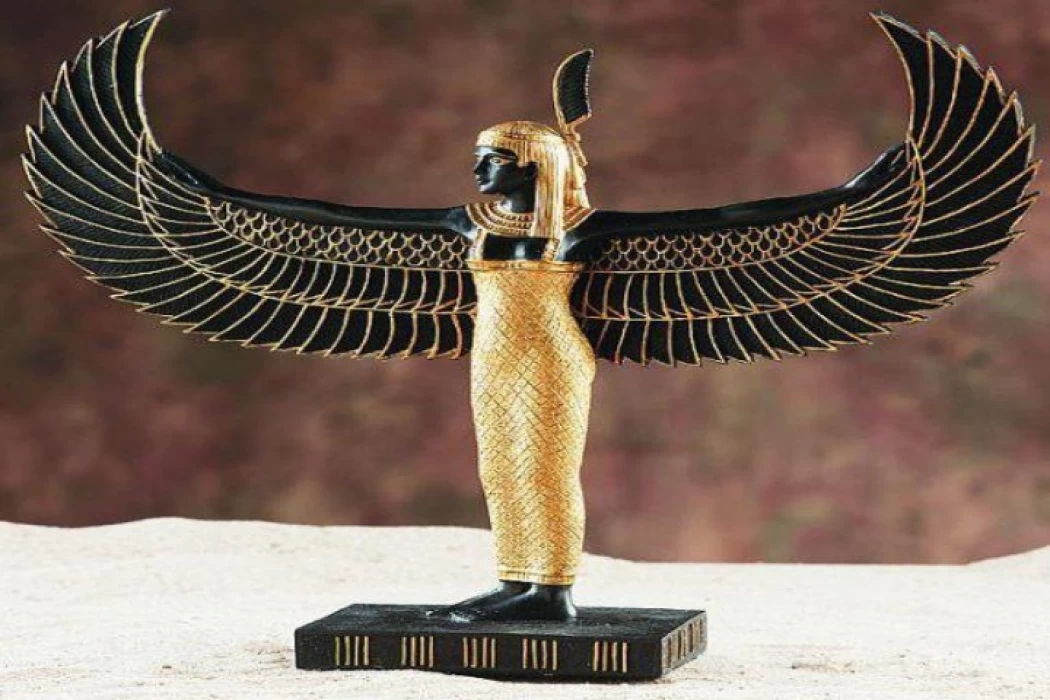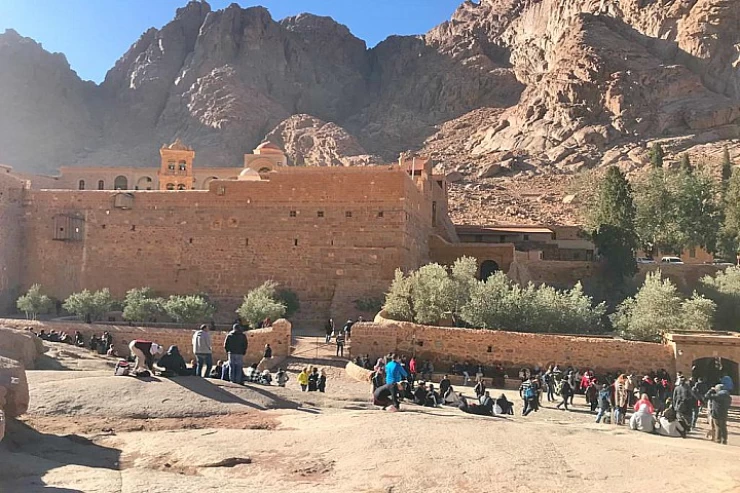
Ma'at- Explore Deities of Ancient Egypt
Maat, an ancient Egyptian goddess
In Ancient Egypt, the sacred occupies a central position in almost all facets of life from religion, culture and even common practices. The concept of sacred things in ancient Egypt was attributed to a number of factors including temples, kings and even god’s creations some of which were depicted as animals. Ancient Egyptians had a pantheon of deities for different purposes. Each of these gods possessed unique traits as well as different roles. For instance, there was a sun god known as Ra, magic and protective goddess called Isis, and the god who presided over the resurrection or life after death named Osiris.
The concept of Maat was sacred. It represented cosmic order, truth, and justice. The preservation of Maat was the responsibility of every individual and society in ancient Egypt... Worship was an important part of daily life. It took place in temples or in homes. Religious rituals were meant to honor the gods and ensure the balance of the universe.
Temples were the homes of the gods on earth and centers of worship. Some of the most famous temples are the Karnak and Luxor temples. Temples were built with elaborate geometric designs to represent both the physical and spiritual worlds. The pyramids were sacred places that were the tombs of ancient Egyptian kings and some queens, who were considered demigods. It is impossible to discuss well-known sites without bringing up the Giza Pyramids.
According to the Book of the deceased in Ancient Egypt, the deceased are actually judged at the exact time of their passing based on the weight of their hearts, known as the "Maat" scale.
The door to the other world lies in the scales of Maat, and it is easy to see how the concept of justice was central to this ancient civilization, which was very much concerned with life after death (resurrection). Maat is the goddess with the white feather, and she is also the one who holds the Ankh or Onkh - in Coptic - meaning life.
The ancient Egyptian understood under the word “Maat” many meanings and high values related to truth and truthfulness, honesty and credibility, justice and fairness, order and regularity. For them, Maat was the law of life and its proper approach, which was established by the Great God Ra for the good of mankind and the universe. All texts and archaeological evidence indicate that Maat - in simplicity and clarity - is to follow the right behavior, the right approach, and the honorable morals, for anyone who wants to walk the path of truth and virtue, or to be upright.
Maat's most important principles
- I did not commit a sin
- I did not rob others of their property by coercion
- I did not steal
- I didn't kill
- I did not steal food
- I did not embezzle offerings
- I did not steal temple property
- I didn't lie.
- I didn't snatch food.
- I did not curse
Latest Articles
Admin
Aswan Governerate in Egypt
One of Egypt's southern governorates is Aswan Governorate. The city of Aswan serves as its capital. At a latitude of 22 north of the equator (also known as the Tropic of Cancer), it is bounded to the north by the Qena Governorate, to the east by the Red Sea Governorate, to the west by the New Valley Governorate, and to the south by the Republic of Sudan.
Admin
Luxor Governorate Egypt
The capital of the Arab Republic of Egypt is Luxor City, which was once known as "Thebes City" because it served as Egypt's capital during the Pharaonic era. It is situated in the South Upper Egypt region, approximately 670 kilometers from the capital Cairo from the south. It is bordered on the north by Qena Governorate, on the south by Aswan Governorate, on the east by Red Sea Governorate, and on the west by New Valley Governorate.
Admin
History of kafr El Sheikh Governorate
Kafr El Sheikh Governorate is an Egyptian governorate, located in the northernmost part of Egypt in the Nile Delta, with Kafr El Sheikh as its capital. It had a population of 3,172,753 in 2015 and an area of 3,748 km². Its entire area is located north of the delta and overlooks the Mediterranean Sea. The main economic activity of the residents of the governorate is agriculture and fishing, especially the southern lands of the governorate and the lands overlooking the Nile River - Rosetta Branch.
Admin
Egypt's New Administrative Capital
The New Administrative Capital is located between the Cairo-Suez and Cairo-Ain Sokhna roads, 60 km from Cairo and the same distance from Ain Sokhna and Suez. The New Administrative Capital is located on the border of Badr City, in the area between the Cairo-Suez and Cairo-Ain Sokhna roads, just after New Cairo, Mostakbal City and Madinaty.
Admin
Al Gharbia Governorate
Gharbia Governorate is one of the governorates full of archaeological sites, whether they are places or facilities (mosques, churches), as the governorate is a destination for visitors to these places throughout the year, whether they are Egyptians from the different governorates.
Admin
Hamata Islands (Qulaan Archipelago) in Marsa Alam
The Hamata area, south of Marsa Alam in the Red Sea, is one of the most important parts of the Wadi El Gemal Reserve, whether in the desert or the sea. It was named after the sorrel plant, which was distorted to Hamata.















